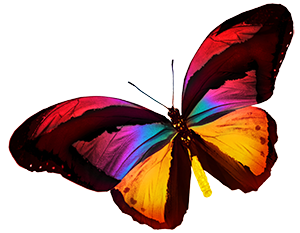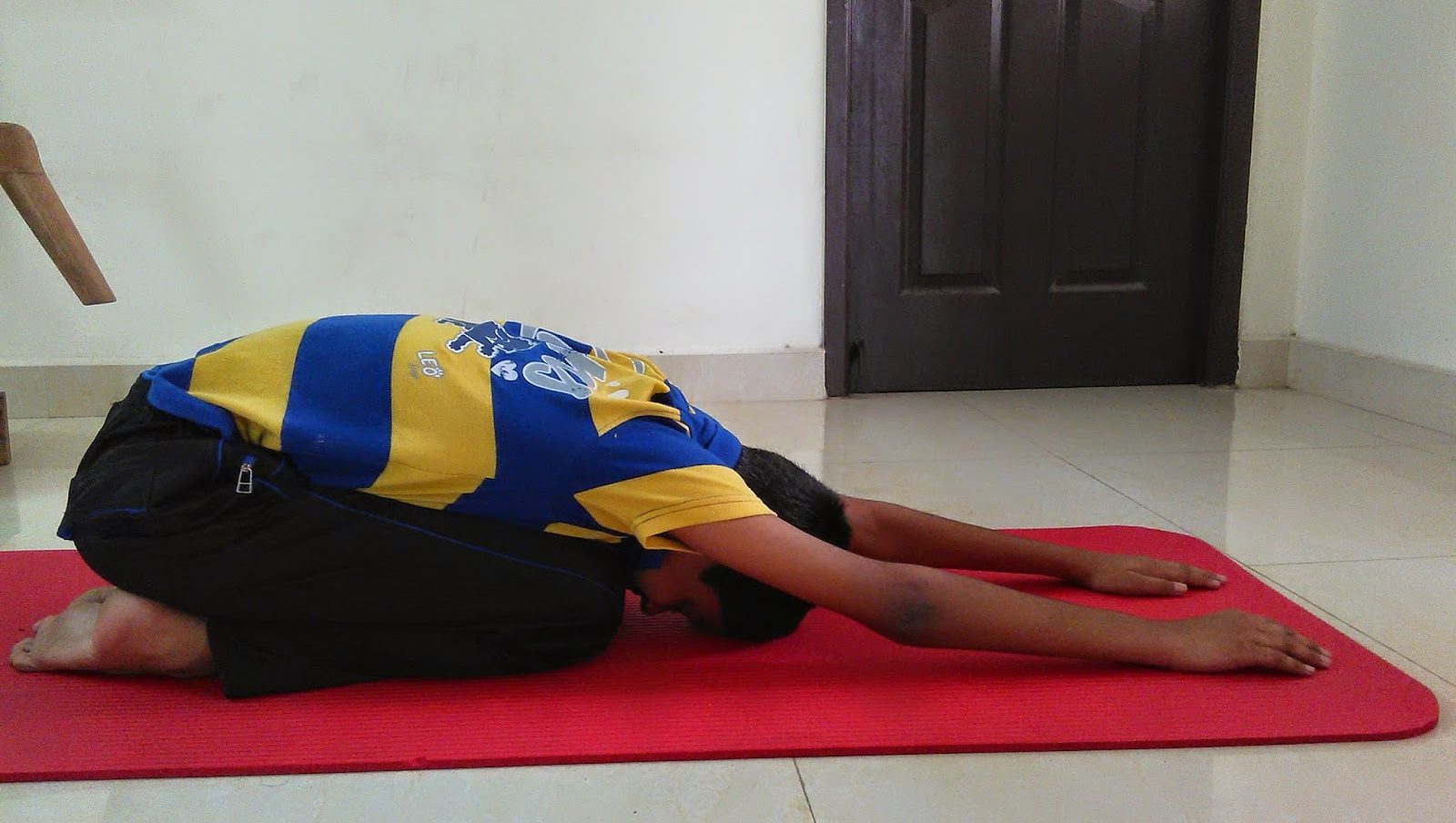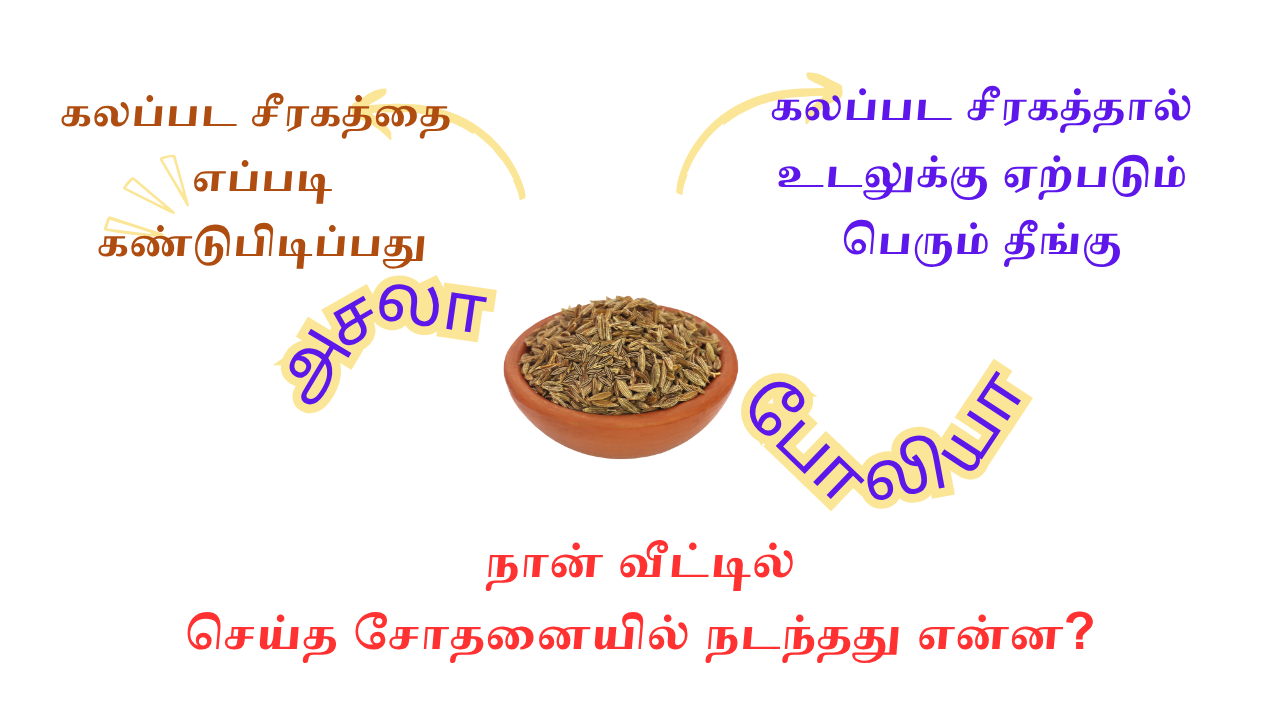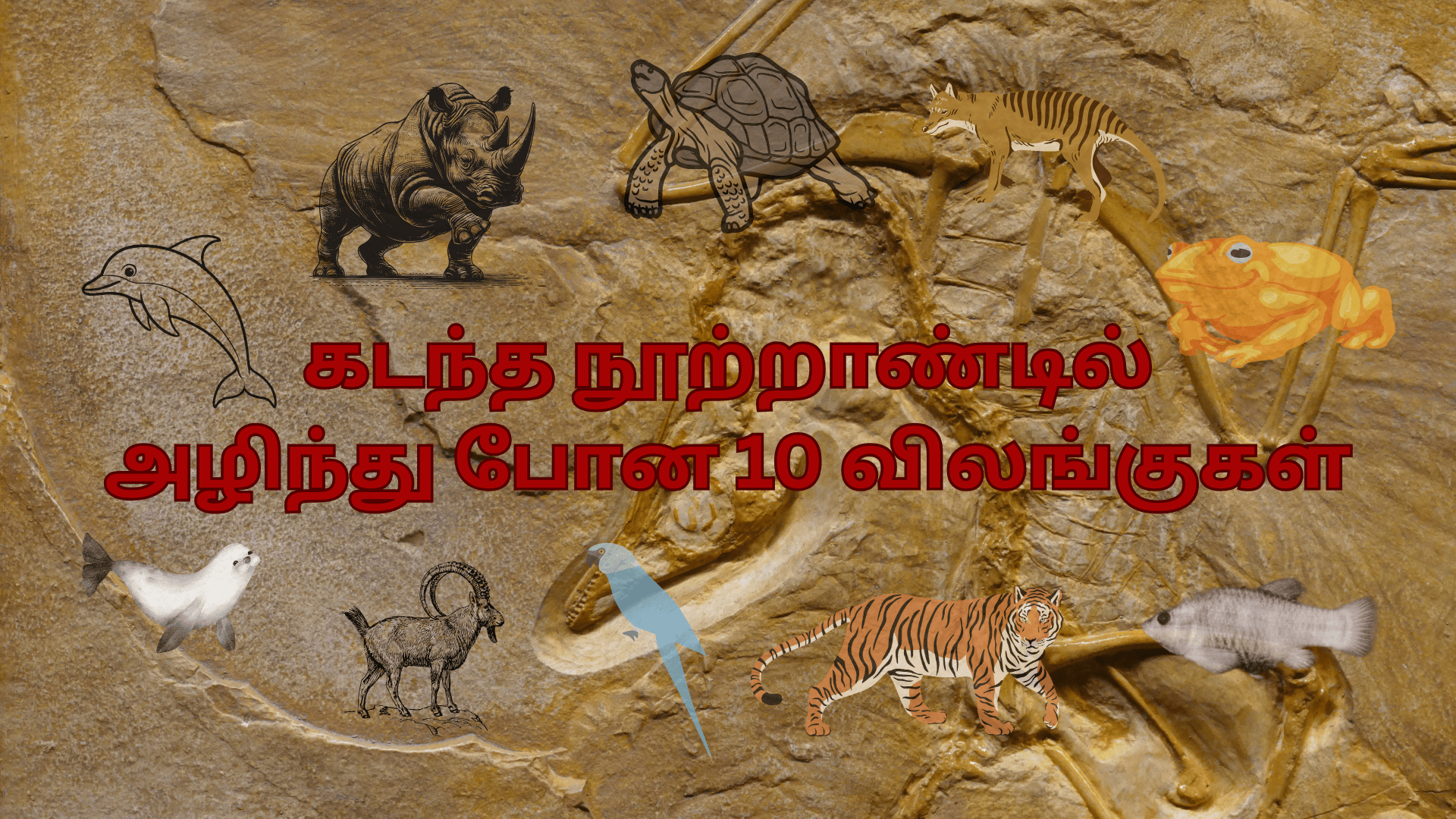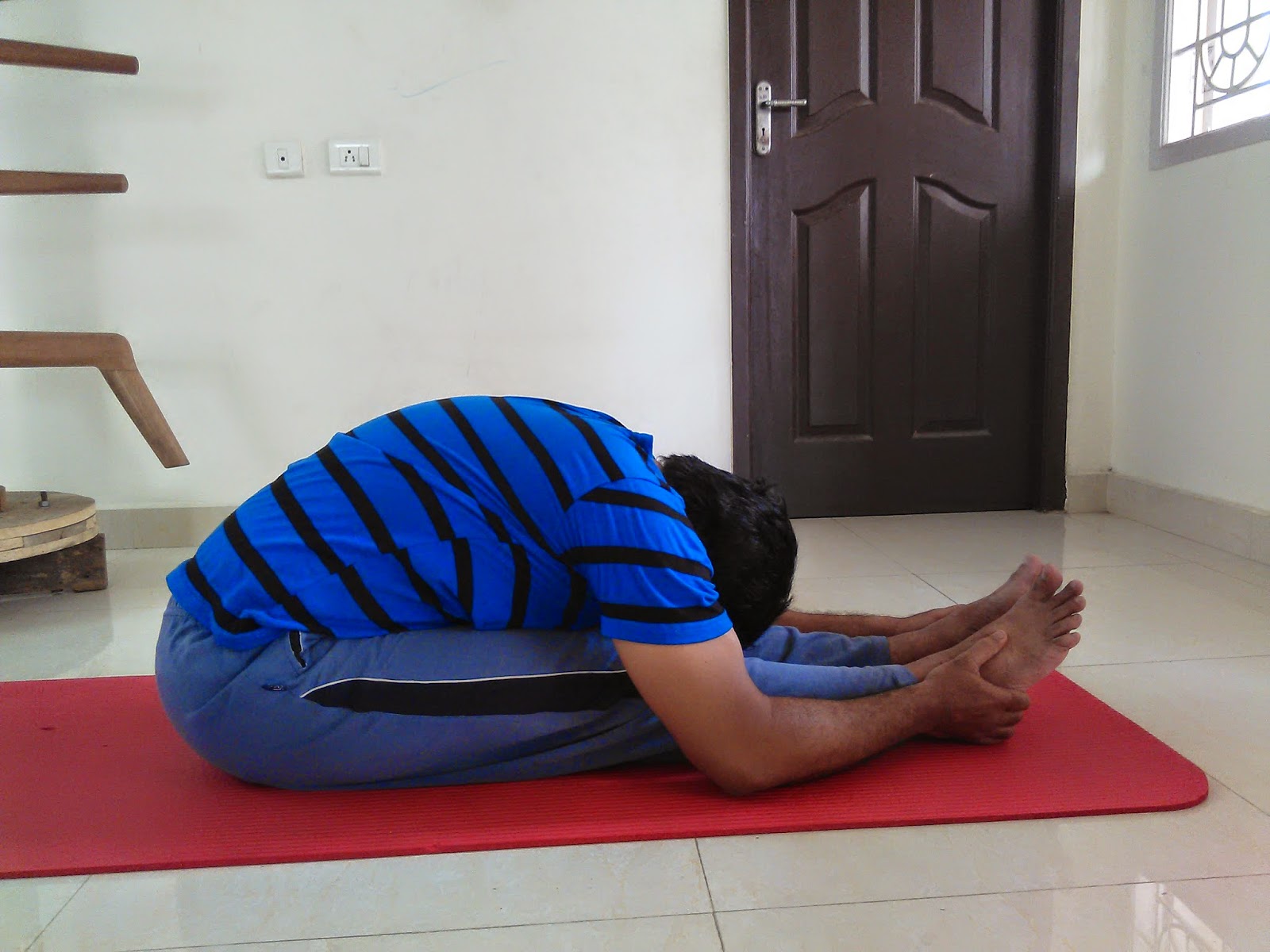Humming Bee Breath is called as Brahmari Pranayama in Sanskrit. The term 'brahmari' is derived from the word 'bramar' in Sanskrit. Bramar means bee. Since this breathing practice involves sounding like a bee, the technique is called thus.
Though there are different types of pranayama, Brahmari Pranayama is unique. Nitric acid produced naturally by the human body is highly essential for health. Various cells of the body produces nitric acid. Nitric acid helps to boost immunity, promote lung health, maintain heart health, reduce high blood pressure, increase blood flow to brain, transfer signals of autonomic nervous system, increase blood flow to kidneys and many more. As one ages, production of nitric acid reduces thereby negatively impacting brain, heart and ear functions. Brahmari Prayanayama is effective in increasing production of nitric acid.
According to studies, bee sound raised in Brahmari Pranayama increases production of nitric acid by 15 percent. The need to practice Brahmari Pranayama cannot be more stressed.
Other Benefits of Humming Breath
- Supports throat health
- Relieves phlegm
- Supports voice health
- Boosts functions of thyroid
- Boosts functions of pineal and pituitary glands
- Reduces high blood pressure
- Strengthens nervous system
- Increases hearing skills
- Cures insomnia.
- It is an effective yoga pose for stress relief.
- Prepares the mind for meditation
Instructions
- Assume Lotus Pose or Easy Pose. Keep your back straight.
- Slowly inhale and exhale in normal breathing for two to three times.
- Now, inhale deeply. When you exhale, with your mouth closed produce the sound "mmmm'. You will feel the vibration in your throat.
- Repeat the same for four to six times.
- Breathe normally for some time. Repeat Brahmari Pranayama for 5 to 6 times.
In a future post, we will have a look at how to do Brahmari Pranayama with mudra.
Note
Those Brahmari Pranayama improves hearing skills, those with severe ear conditions should refrain from practicing this technique.
